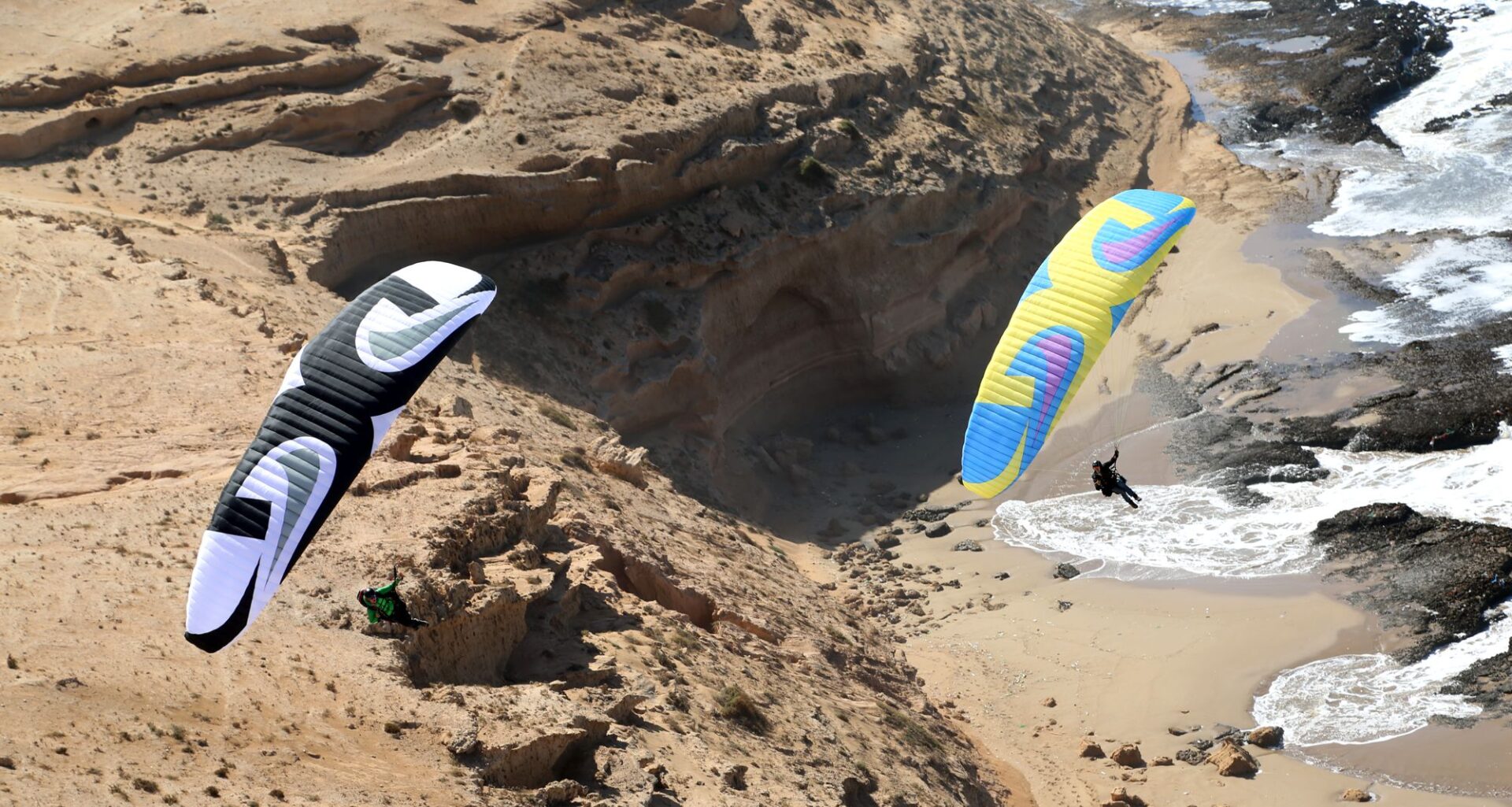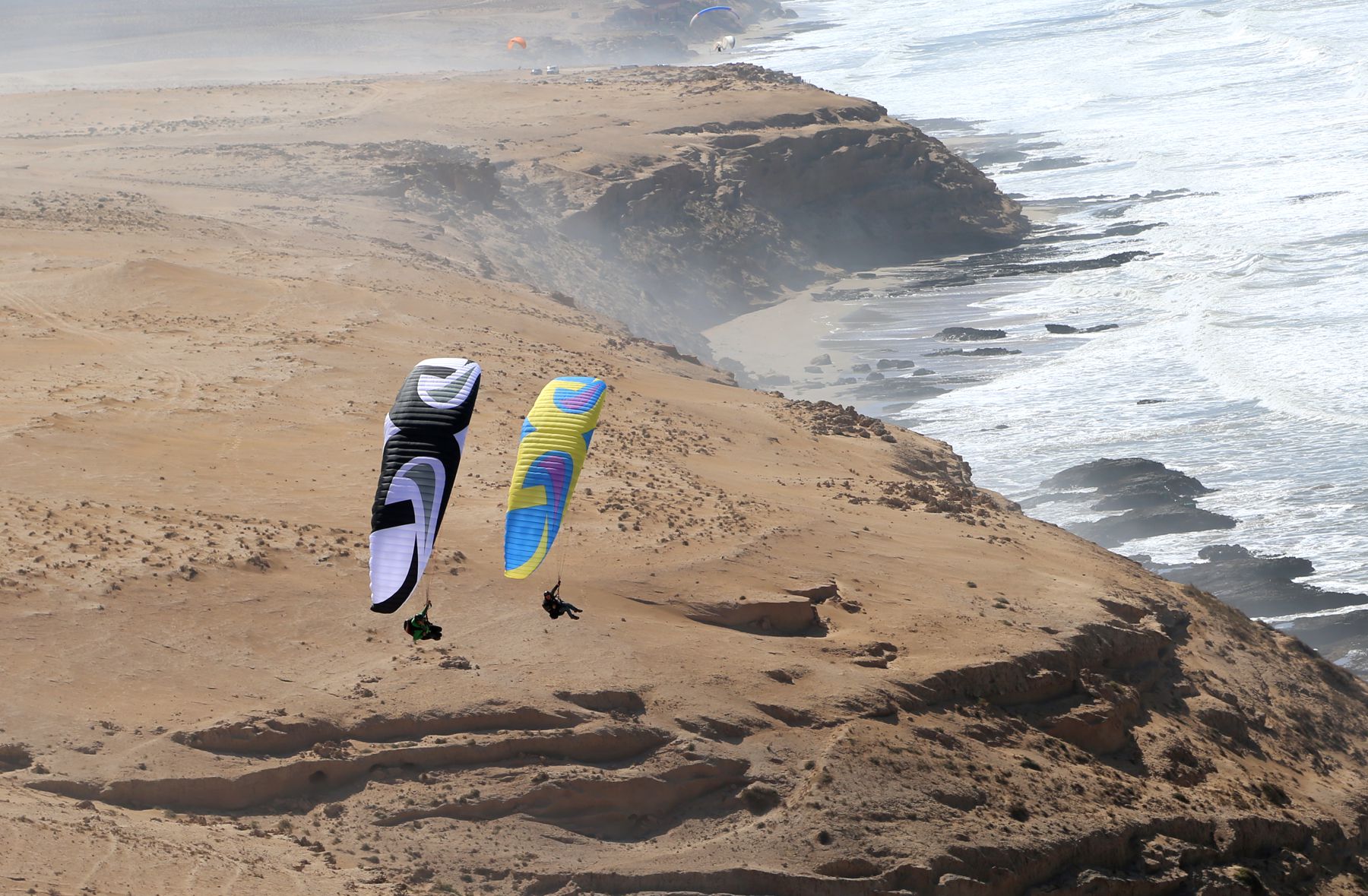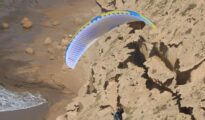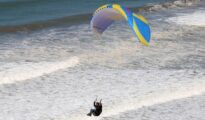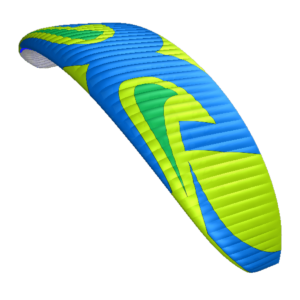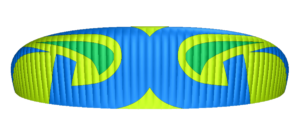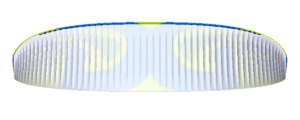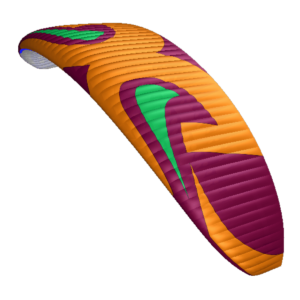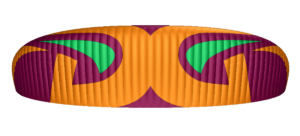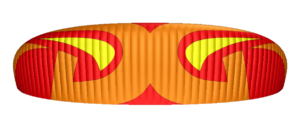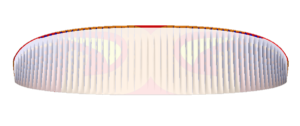Freeway XX
Freeway XX
FreeWay XX is a small universal canopy with excellent manoeuvrability and big safety factor. It was designed for those who like to have good fun in the air without too many constraints. FreeWay XX offers a lot of fun indeed - we are sure that even single short flights will bring you as much satisfaction, as covering some XC-route.

FreeWay XX is a small universal paraglider designed for pilots who want to learn aerobatics without sacrificing performance (like typical acro wings do).
Freeway XX is a new generation of the original FreeWay – both designed by Jeana Baptiste-Chandelier, specialising in freestyle/aerobatic flying. It is dedicated for pilots who already are comfortable in the air and want to progress further. As for its specifics it is located between free-style wings (flies a lot better than those and handles better) and pure acro wings (in this case it’s safer, though not as agile). Since there is yet no such class, for the time being we call it ‘free-way’.
Design and purpose
FreeWay XX is a small universal paraglider designed for pilots who want to learn aerobatics without sacrificing performance (like typical acro wings do). FreeWay XX is versatile enough to use a few thermals for small xc, try some acro, and them have some fun on the dunes.
Design solutions
The goal of FreeWay XX design was polishing acro manoeuvres to be possibly easy to learn and relatively easy in execution, with no rapid overshooting.
Simultaneously it should fly with reasonable performance and easily stay in the air, be it in thermal or dynamic lift. In order to get this we had to fulfill several conditions:
- good pitch stability accompanied with dynamic roll behaviour ,
- short break travel for precise and easy control of the wing
- good behaviour in basic acro manoeuvres (helico, dynamic
maneuvers etc). - clean design resulting in good performance data.
FreeWay XX was to provide fun and safety at the same time – that’s why we preferred small sizes for dynamic behaviour and kept modest aspect ratio, so that it could be used with really wide weight range (55-100 kg).
- Entire body of the paraglider was designed under our CSG (Canopy Shape Guard)
- Freeway XX is manufactured in Flexi Edge technology.
- Carefully chosen mix of modern design and best materials make sure the Freeway XX has great durability.
- All materials used come from registered batches and each production stage can be verified (down to identifying individual worker and quality inspector).
Freeway XX is manufactured with use of precise laser cutting plotter. The production process as a whole takes place in Poland under strict supervision of Piotr Dudek, with highest European quality.
Design solutions, technologies and other functionalities are listed below in the Technologies section.
Construction solutions
Technologies, concepts
Risers functionality
Used solutions
Parameters
Weight ranges

TECHNICAL DATA
| Name – size | Freeway XX 19.5 |
Freeway XX 22 |
| Certificate | – | – |
| Number of cells | 55 | 55 |
| Surface flat [m2] | 19.50 | 22.00 |
| Surface projected [m2] | 17.16 | 19.36 |
| Wingspan flat [m] | 10.07 | 10.69 |
| Wingspan projected [m] | 8.44 | 8.96 |
| Aspect ratio flat/projected | 5.20 / 4.15 | 5.20 / 4.15 |
| Longest chord [cm] | 231.7 | 246.2 |
| Shortest chord [cm] | 60.3 | 64.0 |
| Risers and lines [m] | 7.4 | 7.86 |
| Total lines length [m] | 327.95 | 349.34 |
| Canopy weight [kg] | 5.4 | 5.9 |
| Take-off weight* [kg] | 50-80* | 55-100* |
| Distance between risers [cm] | 45 | 45 |
| Lines | Technora: 1,2 & 1,3 & 1,5 & 1,8 & 2,3 | |
| Cloth | Porcher 38 g/m2, Dominico Tex 41g/m2, Porcher Hard 40 g/m2 SR Scrim, SR Laminate 180 g/m2 |
|
| Risers | Pasamon, Bydgoszcz | |
* The basic rule is to choose the size of the wing so that the take-off weight is in the middle of the weight range. Less weight on the wing (lower range take-off weight) can be considered for foot take-off, when flying in calmerconditions, or when we want to improve economy. More experienced pilots who want to fly dynamically, have higher speed and fly in more demanding wind conditions can consider greater wing loading (take-off weight in the upper range). This is a common option among trike users.
Note – the canopy significantly changes its behavior with increasing wing loading. The greater the loads, the greater skill and concentration of the pilot are required.





